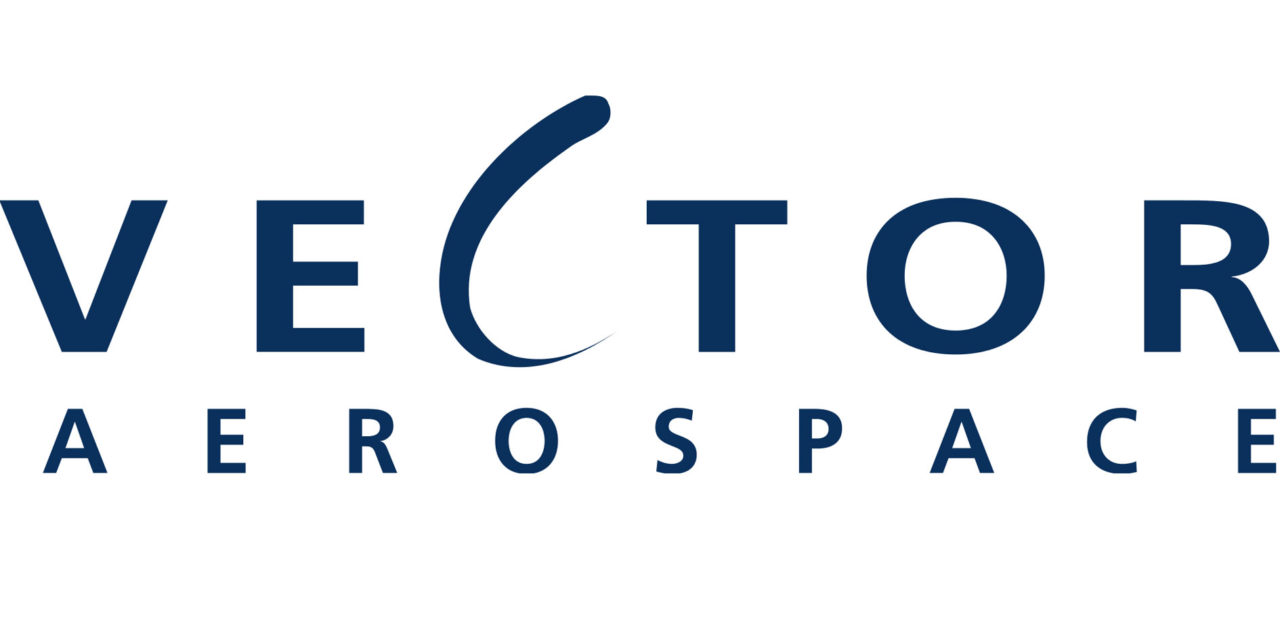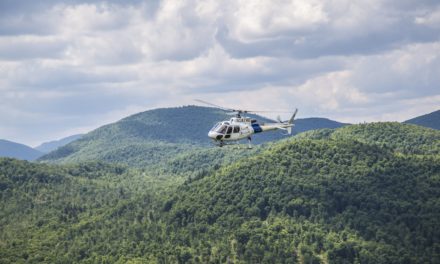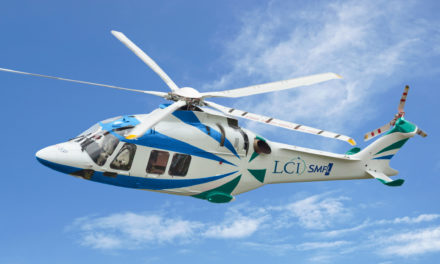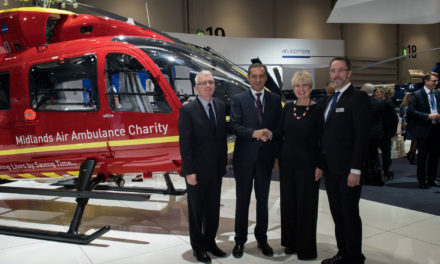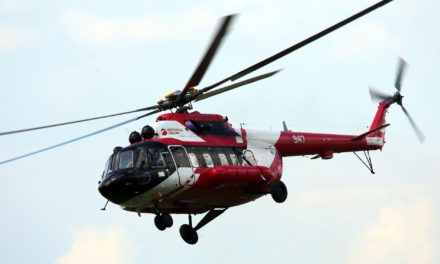In addition to its extensive history as an industry-leading MRO provider, Vector Aerospace has been focused on bringing innovative improvements to flight safety for many years. From its early stages of involvement in the ground-breaking FAA Capstone program more than fifteen years ago, Vector has continuously emphasized the importance of progressing safety and has actively worked with industry partners to introduce significant solutions to the aviation community.
Vector’s dedication to safety within the industry has served as a cornerstone and primary driver in the evolution of their Supplemental Type Certificate (STC) portfolio. “Especially with the increase in EMS flying, anything that can help the pilot navigate safely interests us right now,” said Elvis Moniz, Vector’s VP of business development for airframe & avionics solutions. Vector is actively pursuing an array of safety-related equipment options, not the least of which is the soon-to-be-certified Crash-Resistant Fuel System for the Airbus Helicopters AS350/EC130 family of aircraft. This modern, retrofittable fuel tank, developed in cooperation with Robertson Fuel Systems, features a number of safety enhancements, such as a self-sealing breakaway valve, vent system roll-over protection, a vent system flame arrestor, and a crash-resistant recessed sump drain valve, all aimed at increasing survivability for passengers and crew flying the thousands of AS350/EC130 aircraft in service around the globe. With launch customers Air Methods Corporation and WeatherTech Aviation already onboard, Vector is eagerly anticipating certification approval of the system and is primed to begin installations immediately.
Additional safety technologies in what Vector refers to as its AS350/EC130 Safecraft portfolio, offered in partnership with a broad lineup of industry leaders, include an Automatic Dependent Surveillance – Broadcast (ADS-B) solution; a low-cost, retrofittable autopilot system; a powerline detection system; energy attenuating seating; a lightweight monitoring and recording system; an icing conditions detector; a tail rotor enhancement and stability system; an electronic flight instrument upgrade; and a collective cueing system.

